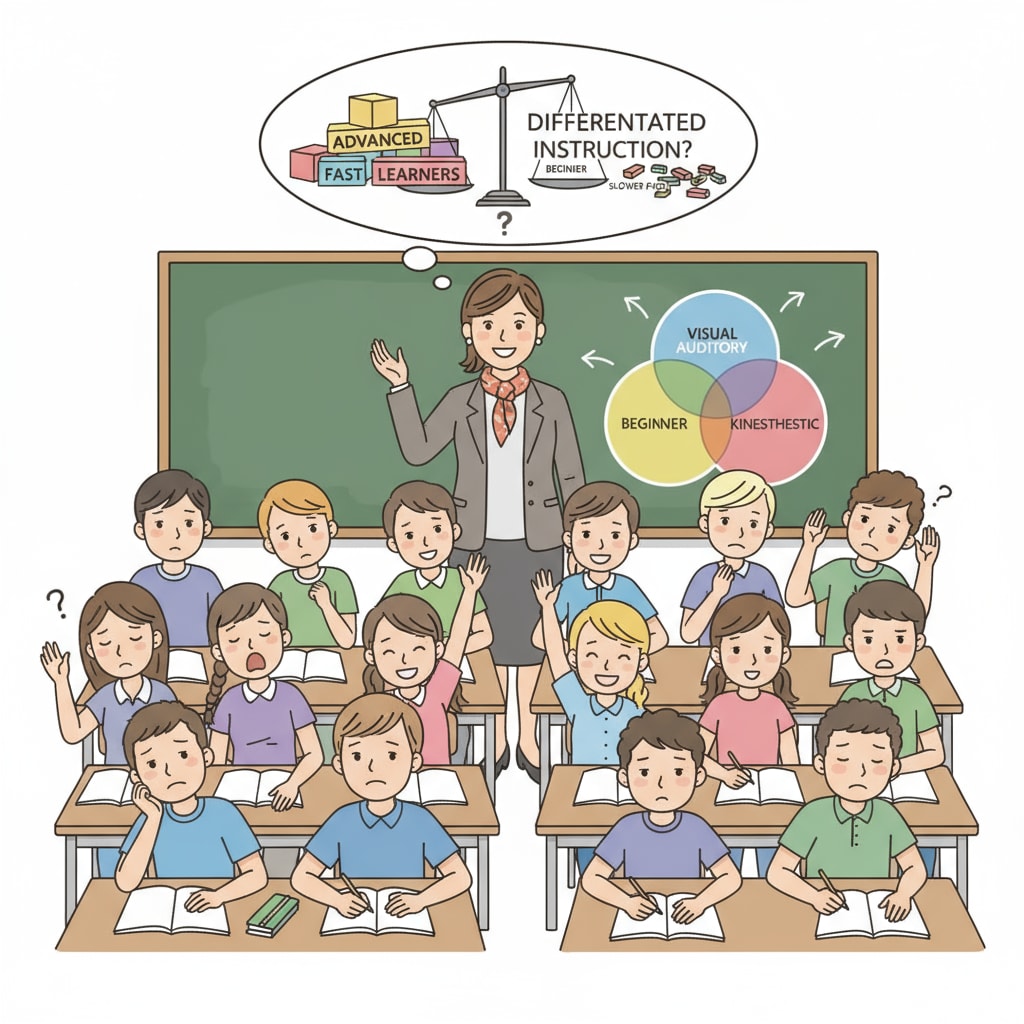In the realm of education system, class placement, student engagement, and teaching quality, the issue of imbalanced class structures in the K12 system has far – reaching implications. In today’s educational landscape, a significant portion of resources and attention is often directed towards two extremes: students with special needs and high – achieving students. This leaves a large group of “ordinary” students in what can be considered an educational “no – man’s land.”

The Neglected “Middle Ground” of Students
These “ordinary” students, who fall between the categories of special needs and high – achieving students, are often overlooked. In terms of class placement, educational institutions tend to focus on creating specialized programs for those with distinct learning requirements at either end of the spectrum. As a result, these middle – of – the – pack students receive less individualized attention. For example, teachers may be so preoccupied with helping struggling students catch up or challenging high – flyers that they have limited time and energy for the majority in the middle. According to Education Week’s research on student achievement, this lack of attention can lead to decreased student engagement among these “ordinary” students.

Resource Allocation and Its Impact
Resource allocation within the education system also plays a crucial role. Special needs students require additional resources such as specialized teaching materials, one – on – one tutoring, and assistive technologies. High – achieving students often get access to advanced courses, extracurricular enrichment programs, and mentorship opportunities. In contrast, the “average” students find themselves in a situation where they lack the resources to further enhance their learning. This imbalance in resource distribution can have a direct impact on teaching quality. Teachers may struggle to design engaging lessons that cater to the broad range of abilities when the middle group is not adequately supported. As stated by Britannica’s entry on education systems, an effective education system should strive for a more equitable distribution of resources.
The implications of this class structure imbalance are not limited to individual students. It also affects the overall educational environment. In a classroom where the needs of a significant portion of students are not met, the overall level of student engagement drops. This, in turn, can lead to a less vibrant learning atmosphere and reduced teaching quality. To address this issue, educational institutions need to reevaluate their class placement strategies and resource allocation models. By providing more support and opportunities for the “ordinary” students, we can create a more inclusive and effective education system that benefits all students, regardless of their learning abilities.
Readability guidance: The article uses short paragraphs to clearly present ideas. Each H2 section contains a focused discussion. Passive voice is minimized, and transition words like “for example,” “as a result,” and “in contrast” are used to enhance the flow. Lists could be further incorporated in future expansions to better organize information.


